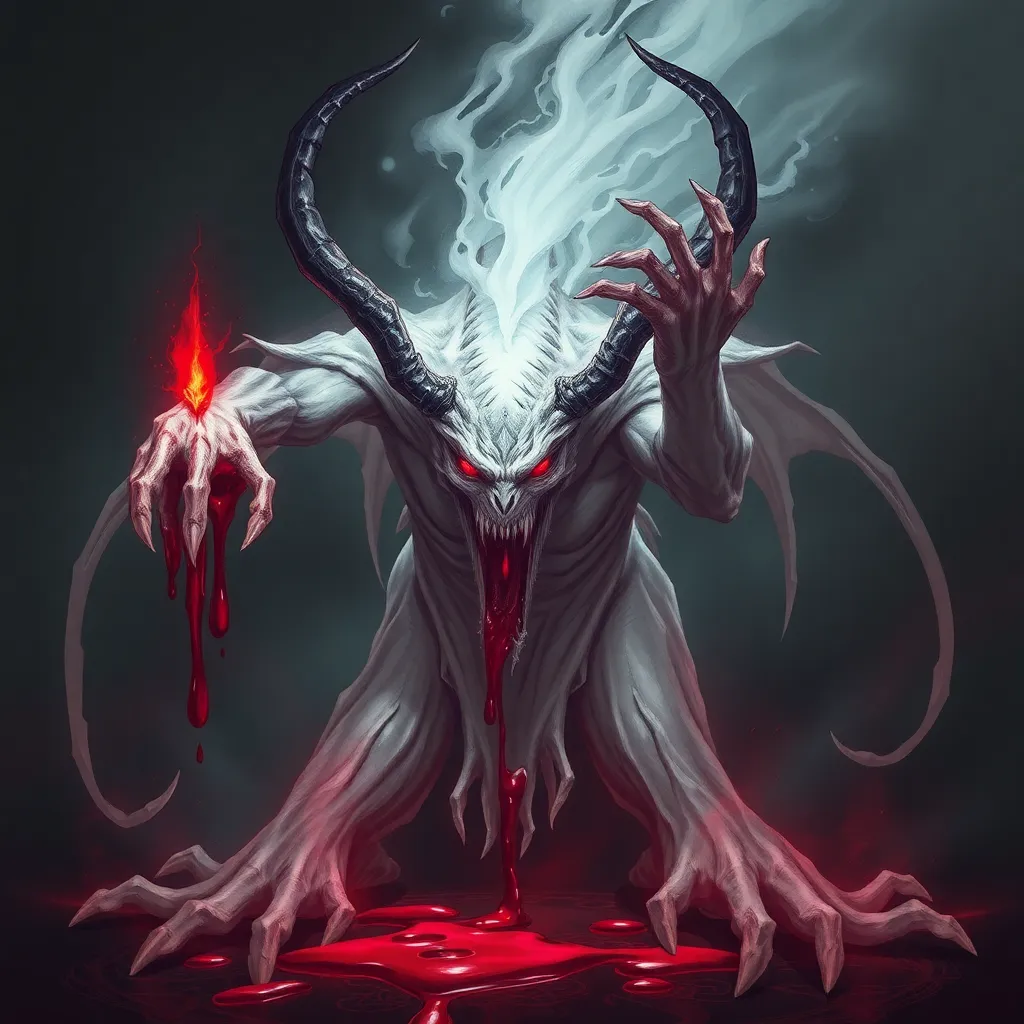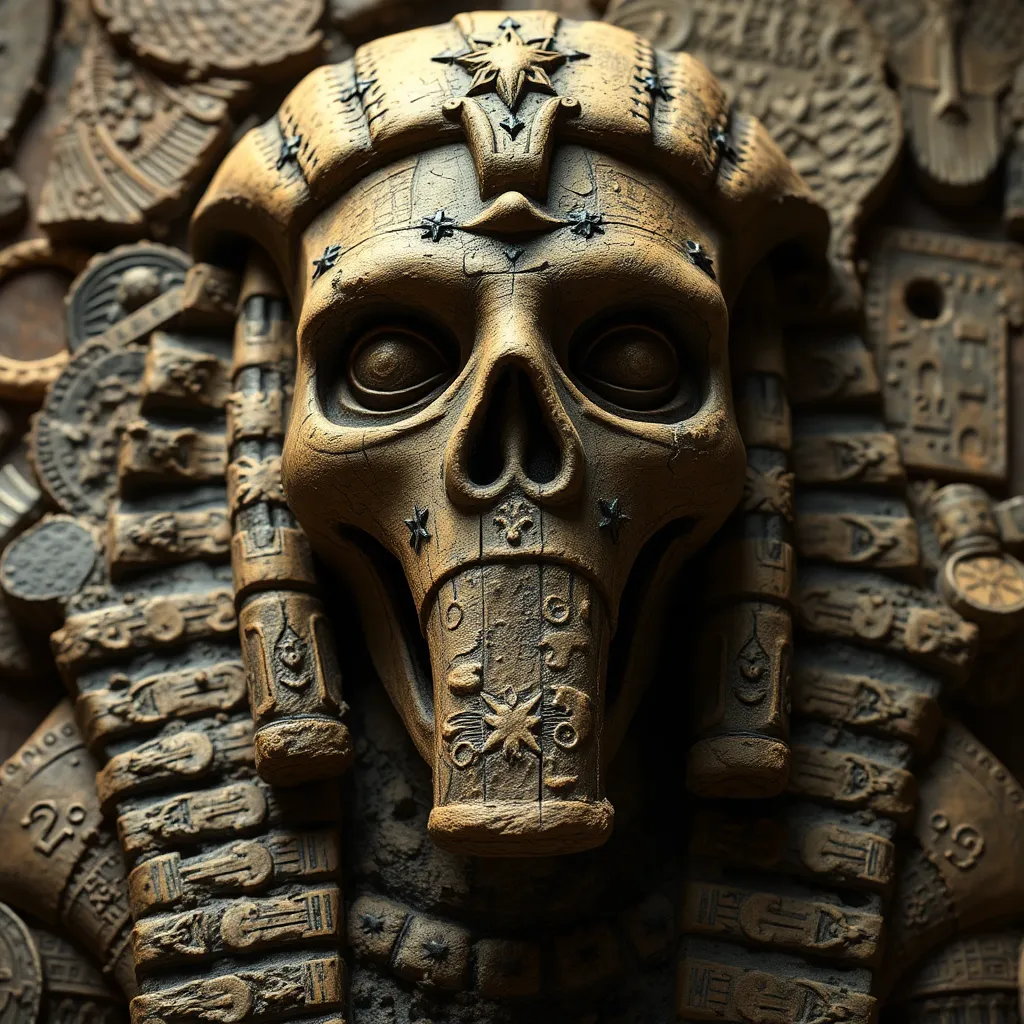The Lamia’s Power: Analyzing the Nature of Her Magical Abilities
I. Introduction
The Lamia is a captivating figure from ancient mythology, particularly within Greek traditions, known for her enchanting yet terrifying presence. As a creature that embodies both beauty and horror, the Lamia’s character has fascinated scholars, artists, and storytellers alike. Understanding her magical abilities not only offers insight into her character but also serves as a reflection of the cultural attitudes towards femininity, power, and loss.
This article aims to explore the Lamia’s magical abilities, tracing their historical context, symbolism, and impact on her narrative. By examining her powers, we can better appreciate the complexities of her character and her place within the broader tapestry of mythological figures.
II. Historical Context of the Lamia Legend
The origins of the Lamia can be traced back to ancient Greek mythology, where she was often depicted as a beautiful woman who was transformed into a monster. Her story varies across sources, but common themes include her tragic love for Zeus and her subsequent vengeance against those who wronged her.
Over time, the character of Lamia evolved. Initially seen as a mere monster, she became a more complex figure, representing the struggles and rage of a wronged woman. This transformation reflects broader cultural narratives surrounding gender and power, making her a figure of both fear and sympathy.
Culturally, the Lamia has been significant in various societies, often embodying the fears and prejudices associated with female sexuality and power. Her story serves as a cautionary tale about the consequences of jealousy and betrayal, reinforcing societal norms regarding women’s roles.
III. The Nature of Lamia’s Magical Abilities
Lamia’s powers are diverse and multifaceted, encompassing various magical attributes that highlight her complexity as a character. Her abilities are often depicted as both seductive and deadly, making her a formidable figure in mythology.
- Shape-shifting: Lamia has the ability to change her form, often taking on the appearance of a beautiful woman to lure her victims.
- Seduction: Her enchanting beauty allows her to seduce men, drawing them into her web of deception.
- Child-stealing: In some myths, Lamia is known to steal children, reflecting her tragic backstory as a mother who lost her own.
When comparing Lamia’s powers to other mythical figures, such as the Sirens or Medusa, we find both similarities and contrasts. Like the Sirens, Lamia uses her beauty and charm to ensnare her victims, but unlike them, she often embodies a more direct form of vengeance and rage.
IV. Symbolism Behind Lamia’s Powers
The magical abilities of Lamia can be interpreted as a reflection of female power in a patriarchal society. Her character embodies the duality of beauty and danger, illustrating how society often views powerful women as both alluring and threatening.
Moreover, Lamia serves as a symbol of maternal instincts and loss. Her tragic narrative, marked by the loss of her children, underscores the pain that can accompany motherhood and the extremes to which a woman may go when driven by grief. This duality enriches her character, making her both a victim and a villain.
V. The Impact of Lamia’s Powers on Her Narrative
Lamia’s magical abilities significantly influence her interactions with other characters within her myths. Her seductive powers allow her to manipulate and control those around her, often leading to tragic consequences for her victims.
In many stories, her abilities are pivotal to the plot, driving the narrative forward and shaping her relationships with other figures, such as heroes or gods. However, the use of her powers often leads to her downfall, highlighting the tragic irony of her existence.
The consequences of Lamia’s powers are profound, as they ultimately shape her legacy. She is remembered as a monster, yet her story also evokes sympathy and understanding, showcasing the complexities of her character.
VI. Lamia in Modern Culture
In contemporary literature and media, the Lamia has been reimagined and adapted in various ways. She appears in novels, films, and art, often as a figure that challenges traditional narratives about women.
Modern interpretations frequently explore her character’s depth, focusing on themes of empowerment, revenge, and the consequences of love. These adaptations highlight the relevance of her magical abilities in modern narratives, showcasing how her story resonates with contemporary audiences.
VII. Comparative Analysis with Other Mythical Beings
When analyzing Lamia alongside other mythical beings like Medusa and the Sirens, we find both similarities and differences. All three figures possess magical abilities that stem from their experiences and traumas, but they express their powers in distinct ways.
- Medusa: Like Lamia, Medusa is a victim of the gods’ wrath, but her power lies in her ability to petrify those who gaze upon her, representing a more direct form of danger.
- Sirens: The Sirens use their enchanting songs to lure sailors to their doom, similar to Lamia’s seduction, but their magic is more about illusion and allure than vengeance.
This comparative analysis reveals thematic connections among female mythological figures, illustrating how they collectively challenge and redefine the archetypes of femininity and power in mythology.
VIII. Conclusion
In summary, the Lamia’s magical abilities reflect a rich tapestry of themes related to femininity, power, and loss. Her story, steeped in tragedy and transformation, serves as a compelling exploration of the complexities of womanhood in mythology.
The enduring legacy of Lamia’s powers continues to resonate in modern culture, prompting reflections on the nature of female power and the societal perceptions surrounding it. Analyzing her magical abilities not only enriches our understanding of her character but also allows for a broader conversation about the role of women in mythology and the narratives we construct around them.




